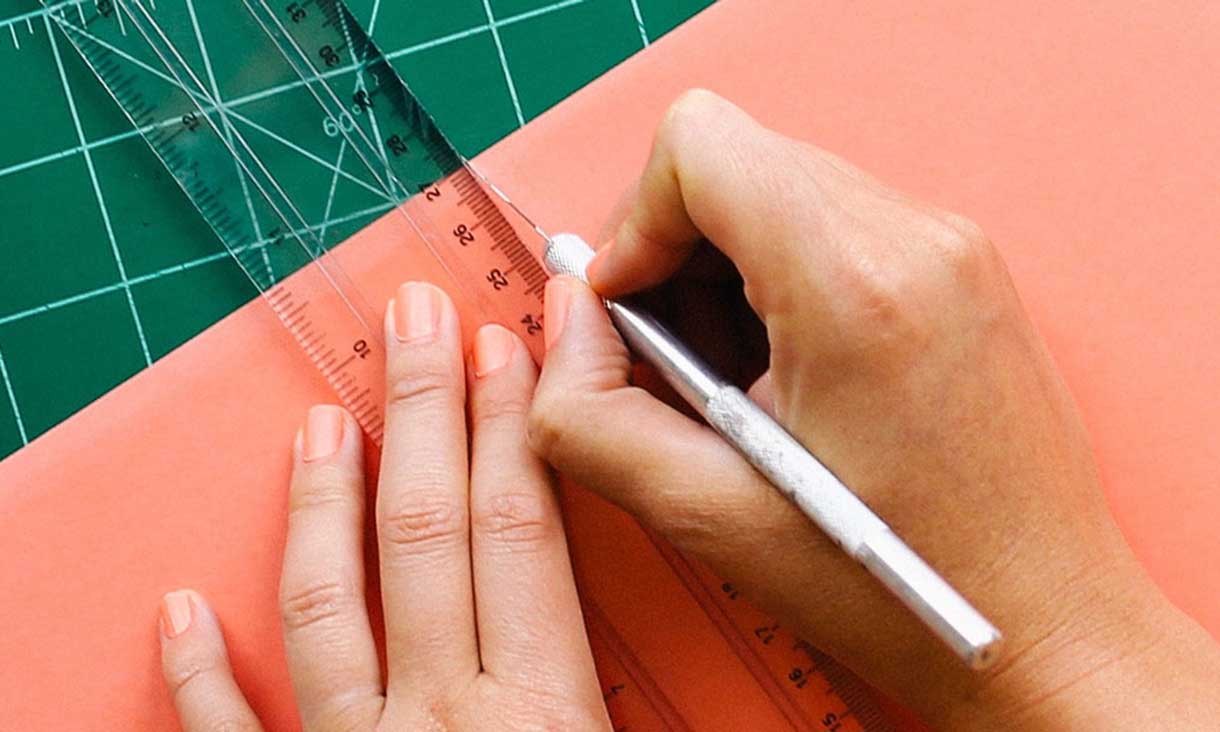Advertising
Studying advertising at RMIT combines opportunities to work on industry-based projects with your natural curiosity for what makes people tick, or your creativity with words and images.
Design innovation and technology
Explore the future of design practice and how this intersects with technology in a rapidly changing world.
Graphic and communication design
RMIT will equip you with the skills and knowledge for a creative career in the design industry.





